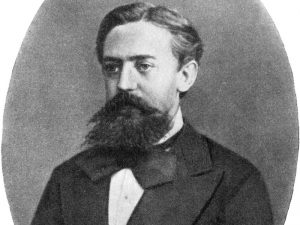This course is taught at the University of Edinburgh at advanced undergraduate and Masters levels.

Module 0 - getting started
Start here! Gives an introduction to the course, explains how the course is delivered, and describes the computing environment you will need.

Weekly schedule
The weekly schedule shows which module we are covering each week. Timetabled ('synchronous') classes for modules 6 to 9 are also listed here, but tutorials are not. See the calendar in Teams to find (and join) classes and tutorials.

Topic map & slides
The topic map will help you understand the scope of the course, and how all the topics fit together. There are also copies of the slides used to make the topic videos.

Readings
You will find reading lists within each module. Here, you will find the same readings arranged into alphabetically-sorted lists, broken down by module or importance.

Module 2 - basics - speech production
Introducing the source-filter model of speech, which is of both theoretical and practical use.

Module 2 - basics - speech production
Introducing the source-filter model of speech, which is of both theoretical and practical use.

Module 3 - speech synthesis - front end 1
Text processing, including normalisation of Non-Standard Words.

Module 4 - speech synthesis - front end 2
Pronunciation, including letter-to-sound models, and predicting prosody. All these tasks can be done with Classification And Regression Trees (CARTs).

Module 5 - speech synthesis - waveform generation
Manipulating recorded speech signals to create new utterances.

Intermission
Some notes about the course structure, a look back to what you have learned so far, and what is coming up.

Module 6 - speech recognition - pattern matching
The most basic way to recognise speech is by comparing the speech to be recognised with stored reference examples.

Module 7 - speech recognition - feature engineering
To get the best out of machine learning, we can prepare features that reflect our knowledge of the problem, and suit our chosen model.

Module 8 - speech recognition - the Hidden Markov model
We now replace pattern matching with a generative model that is learned from data.

Module 9 - speech recognition - connected speech & HMM training
HMMs extend easily to connected speech so finally we put everything together to make a complete speech recognition system. We'll also learn how to train an HMM from data.














